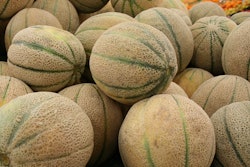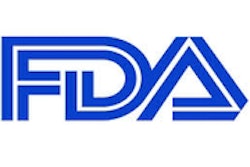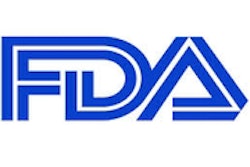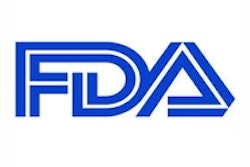In summer 2013 the Food and Drug Administration’s field officers conducted surveillance on some cantaloupe farms in the United States, consisting of visiting most pack houses in the United States and sampling melons at these pack houses.
One of the results of this surveillance was a better understanding of what the industry is doing right and areas that can be improved.
By and large, samples of melons last summer came back free of salmonella, E. coli and listeria, with an overwhelming majority of cantaloupes sampled last year would not make anyone sick on their own. The survey also found that most growers are practicing good agricultural practices, even if they aren’t certified as such or keeping records documenting food safety practices.
There were a few samples though that came back positive for various pathogens that could make people sick. Further analysis of these cases pointed to a number of risky behaviors that are worth elaborating on. When irrigating melons with surface water, it is important to know if the water has had a prior use that could compromise the safety of its use on cantaloupe. If a river or stream flows near a livestock pasture area before it is used for irrigation, this could cause issues in the produce that is irrigated with it. Livestock should be restricted from access surface water used for irrigating fresh produce as well.
Once produce is harvested, the areas that contact it need to be kept clean and sanitary. Ideally, post-harvest surfaces should be treated with a sanitizer or be made of materials intended for a single use. In cases where growers are GAP-certified, surfaces must be sanitized or be made of materials intended for a single use.
Beyond direct contact surfaces, truck beds that transport boxes of produce need to be clean and sanitary too. If the truck bed was used to transport livestock prior to produce, the grower may wish to power-wash the bed then sanitize it to ensure there is no potential of manure transfer.
To read more, click HERE.


















